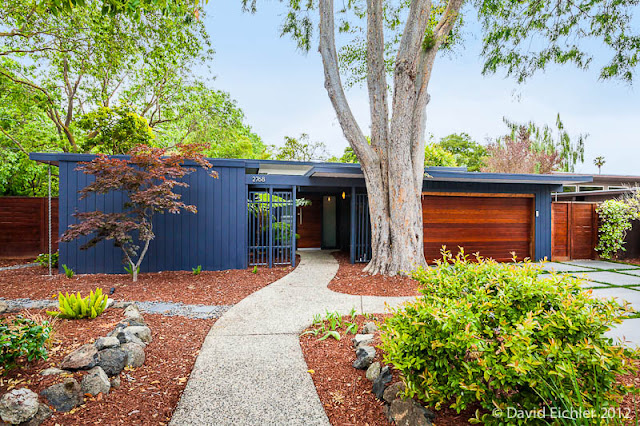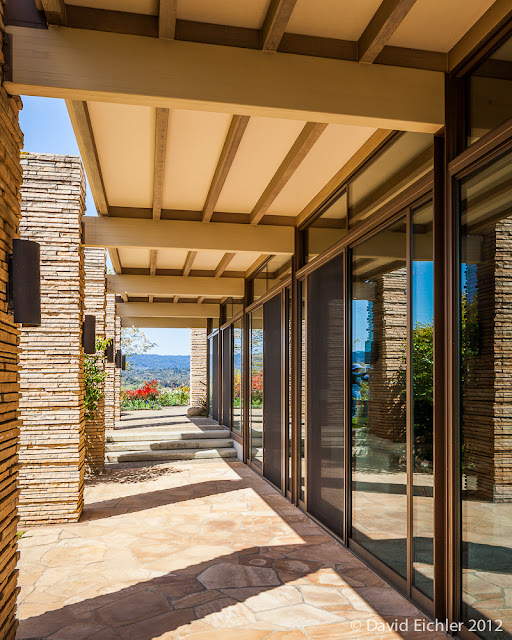Here is an example of the kind of interior photos real estate agents often prefer for their listings. This is a shot of the kitchen/family room in a beautifully updated Victorian home located in the Pacific Heights section of San Francisco. This listing is by David Bellings, with Coldwell Banker/San Francisco.
What realtors often prefer for their listing photos is a look that is light, bright and very wide, which can present some difficult technical challenges if a high quality result is desired. For one, very wideangle views can create a great deal of distortion, with a tendency for stretching at the edges of the frame (anamorphic distortion) and making objects very near the camera look much larger relative to those further away (scale distortion). Often these types of distortion cannot be avoided due to the nature of the space and what needs to be shown, so very careful positioning of the camera is necessary to at least moderate the effects of distortions.
The other challenge is lighting. I believe that supplementary lighting is essential for most residential interiors, since the ambient lighting in many homes is often far from ideal. Add to that the fact that most real estate photos must be shot at times when the ambient lighting is not even at its potential best. Therefore, supplementary lighting serves, at minimum, a remedial purpose. Beyond that, however, added lighting can be used creatively, to further enhance the photo beyond mere remediation. However, if one were to try to light a scene such as the one above with lights to the side of and behind the camera, the areas nearer to the camera would be much brighter than those further away due to light fall off. There are no places within this view to place lights so that they cannot be seen. Furthermore, positioning lights within the scene would create unpleasant reflections and hot spots, especially on the cabinets and in the stainless steel appliances. The solution to this challenge is to shoot multiple exposures with lights placed in different positions within the scene and then to mask out the lights and the resulting reflections with Photoshop. Sometimes this masking process can be as easy as simply splicing two images together right down the middle. Other times, as in the above example, more exposures are involved and complex, detailed masking is required to eliminate reflections and even out the tones, among other things.
The process I describe above is not necessarily only for creating the kind of photos as in this example. It offers the opportunity to exercise a considerable amount of control over the end result, for creative reasons as well as for solving technical problems. However, in addition to Photoshop expertise, the process requires a very good eye in order to balance all of the visual elements, otherwise the results may be less effective than using simpler methods.
Update: This property went under contract within 3 days of going on the market. It was previously listed by another agent in December 2011. I think my photos are considerably better than the ones used for the previous listing. Could they have played apart in how quickly this property has gone under contract? It is not always easy to determine such things. No doubt a 5% price reduction, good staging, a tightening market, and one of the top realtors in San Francisco played a part as well.
















